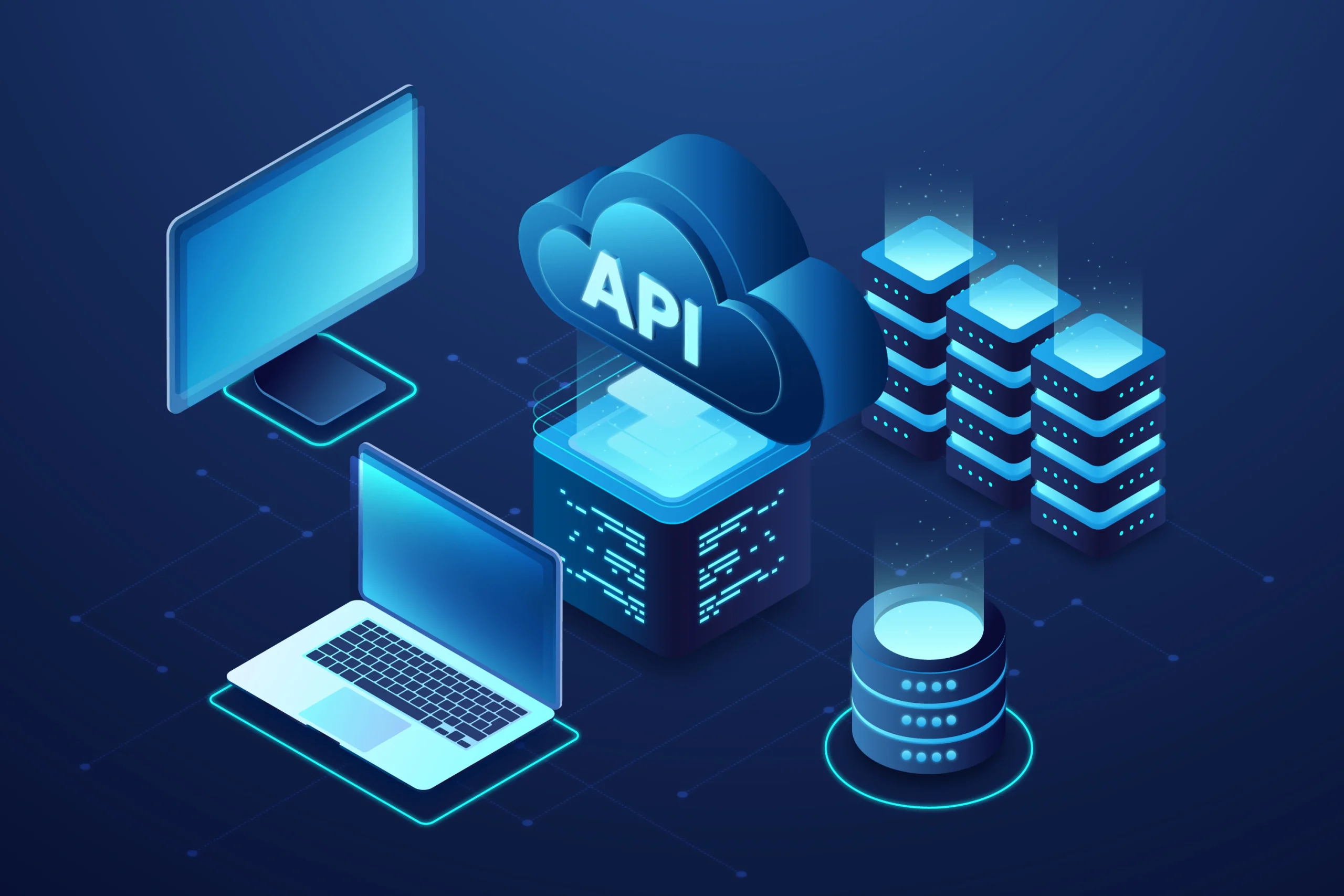Five years spent designing distributed systems have revealed to me that microservices cannot just be viewed as an architectural destination as they’re also a commitment to perpetual refinement.
At the beginning of my career, I thought monolith decomposition in itself ensured scalability.
The reality is more brutal: without rigor, you can trade code entanglement for network chaos. Python’s expressiveness has helped me navigate these complexities, but only in combination with discipline.
Scientific accuracy is needed in service boundaries. I have witnessed separation of systems by organizational differences as opposed to domain consistency, resulting in transactional nightmares.
My rule: when two components use the same transactional frequency or data locality, then they can seldom deserve different services. On one occasion, I consolidated four unduly fragmented user-profile services into a single integrated entity after tracing 300ms of latency to inter-service chatter. The result? The throughput increased by two times and the p99 latency was down by 65 percent.
The vulnerabilities familiar with the network will nearly frustrate you. I have started treating all inter-service calls as possibly hostile. Python’s `requests` library may seem harmless until retry storms occur.
My box of tricks: circuit breakers via `pybreaker`, exponential backoffs with jitter, and always, asynchronous communication for critical paths. User-facing latency was reduced by 90% by notifying consumers by Kafka rather than synchronous REST. It is better to fail early, but fail in a predictable manner.
Observability separates survival from sanity. Traditional logging drowns you in distributed traces. I instrument all of my Python services with OpenTelemetry metrics and structured logging (`structlog`). Correlation IDs propagate through Flask/FastAPI middleware and Datadog dashboards show inter-service error budgets, and Prometheus alerts go off when the circuit breaker breaks.
This allowed me to diagnose a heisenbug where garbage collection pauses in one service throttled SQS queues across three others—a failure invisible without service-level RED metrics.
Testing is your architectural immune system. Unit tests help to protect the logic; interface tests (Pact) help protect interfaces. All APIs have consumer-driven contracts enforced by me. In a single system, this showed a breaking schema change in the course of CI-prior to poisoned staging.
The integration tests are performed against stacks in the Docker Compose setting, and a fallback path will be checked in chaos experiments (ChaosToolkit). Python’s `pytest` fixtures make this tractable, but discipline makes it bulletproof.
Python’s simplicity will encourage you to use databases as crutches. My default now is such contentious domain services publish event sourced changes (using Apache Pulsar), not current state. This gave birth to a retail inventory system that was capable of processing 12,000 events/sec as idempotent handlers- zero phantom stock errors. SQLAlchemy and Django ORM remain in local state, never in cross-service truth.
My hardest lesson: microservices magnify your mistakes. A lazy schema change here, a timeout miscalibration there they compound. But when Python’s pragmatism meets architectural rigor, you build systems that evolve without fear.
As I tell peers: “If your microservices feel like a distributed monolith, you’ve missed the point. Independence isn’t accidental; it’s engineered.”















